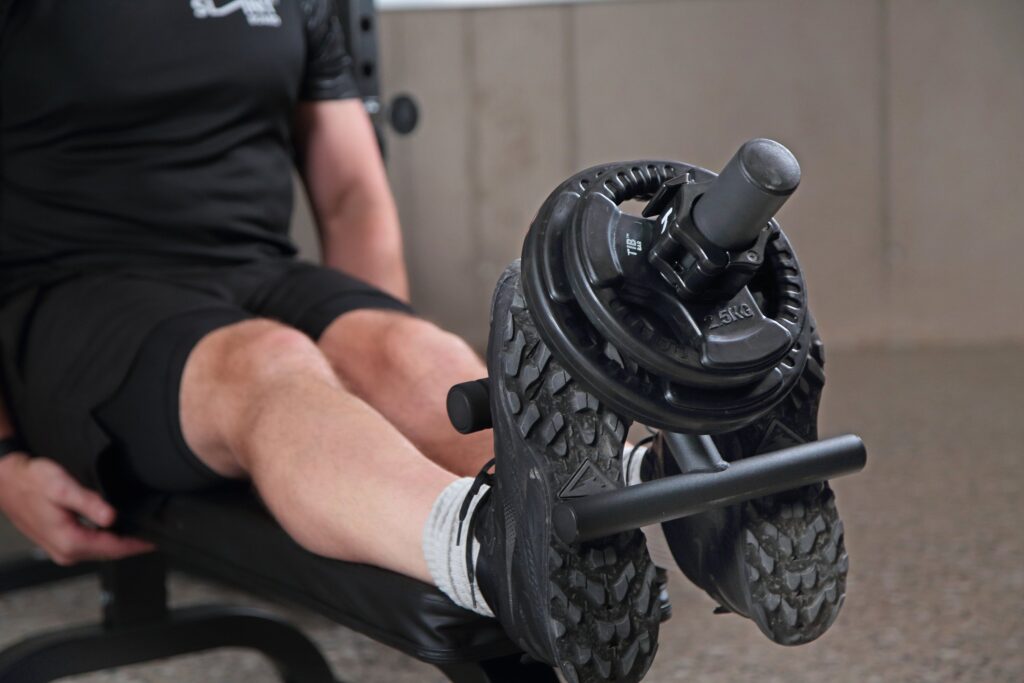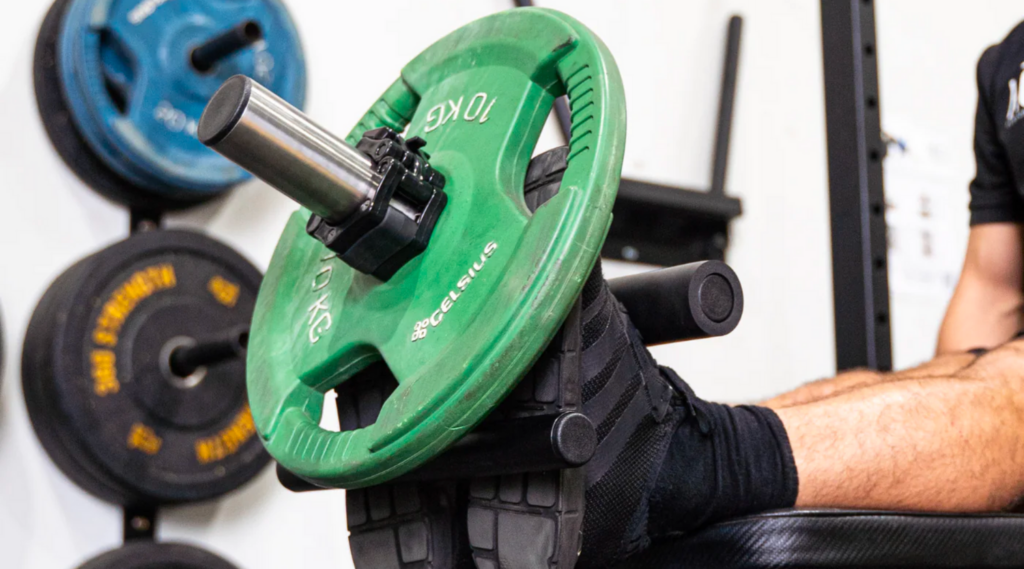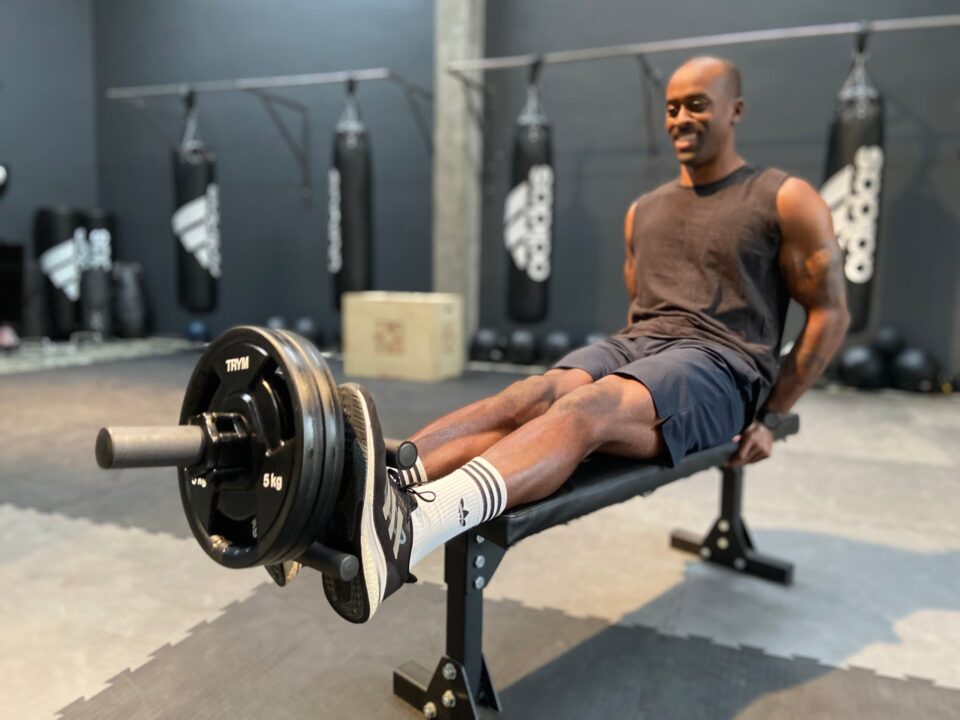Tib Bars, at their core, represent the ongoing evolution of fitness equipment aimed at honing our physical prowess. Deriving their name from the tibia bone, these bars target an often overlooked but crucial area of our anatomy.
Their significance lies in the potential for building strength and endurance, especially in the lower legs, but their benefits span far beyond this focus.
In the world of fitness, progression is the key. For anyone striving to enhance their physical capabilities, introducing new equipment like Tib Bars can be a game-changer. By the end of this article, you’ll be armed with the knowledge and passion to incorporate them into your routine, pushing your fitness journey to its next chapter.
Benefits of Using Tib Bars

The value of Tib Bars in fitness is multi-faceted. Foremost, they present an effective tool for strengthening the often-neglected muscles of the lower leg. This can lead to a multitude of advantages:
- Muscular Balance: Just like any muscle group, when you strengthen one area, it enhances your overall balance and symmetry.
- Improved Stability: A strong lower leg offers better stability during workouts, leading to more efficient training sessions.
- Injury Prevention: By strengthening the muscles around the tibia, the likelihood of injuries, like shin splints, decreases.
Incorporating Tib Bars ensures a holistic approach to fitness, where no muscle group gets left behind.
Understanding the Anatomy of Tib Bars
Tib Bars are elegantly simple in design, making them easy to use but incredibly effective. Typically, they comprise:
- A Central Bar: This acts as the main point of contact and the area where resistance is applied.
- Weights or Resistance Bands: Either fixed or adjustable, these provide the necessary resistance for workouts.
- Grips or Handles: These ensure that you maintain a proper hold during your workout.
Their simple structure means a low learning curve, making them suitable for beginners and seasoned fitness enthusiasts alike.
Types of Tib Bars

With the booming interest in fitness innovations, a Tib Bar has become a sought-after equipment choice. As enthusiasts have embraced them, manufacturers have responded with diverse models to cater to different needs:
- Fixed Weight Tib Bars: As the name implies, these bars come with a pre-determined weight that remains unchangeable. They’re often preferred by beginners who need a consistent weight to start with or for specific workout regimens where consistency is key.
- Adjustable Tib Bars: These are versatile tools designed with adaptability in mind. Users can conveniently adjust the weight according to their strength levels or the exercise they’re doing, making them a favorite among those who love customizing their workouts.
- Band-Resistant Tib Bars: Standing out from traditional weight-based options, these Tib Bars harness the power of resistance bands. This design offers a unique kind of tension, delivering a different kind of challenge that can be particularly effective for muscle toning and flexibility.
Each variant comes with distinct advantages and potential challenges, so it’s pivotal to evaluate your fitness objectives and pick the one that best suits your journey.
Proper Setup and Safety Measures
While Tib Bars score high on user-friendliness, neglecting safety precautions can lead to unwanted injuries. To ensure your workouts are both effective and safe, keep the following pointers in mind:
- Placement: Prioritize placing them on a surface that offers good grip and is devoid of any slippery quality. This ensures stability while exercising.
- Check Components: Before initiating any workout, take a minute to inspect the Tib Bar. Make sure all its components, whether weights or resistance bands, are securely attached and show no signs of wear or damage.
- Use Correct Form: This is a golden rule in fitness. Using the correct form not only ensures you target the right muscles but also minimizes the risk of strain or injury.
- Always remember: Achieving fitness milestones is commendable, but not at the expense of safety. Proper form should be at the forefront of any exercise regimen.
Strength-Building Exercises with Tib Bars

Tib Bars, by design, offer some excellent exercises for muscle building. A couple of effective ones include:
- Toe Raises: Grasping the Tib Bar firmly, focus on lifting your toes upward while ensuring your heels remain firmly planted. This movement particularly targets the anterior tibialis muscle, strengthening the front portion of your lower legs.
- Weighted Walks: With the Tib Bar in hand, walk forward, placing extra emphasis on lifting each step. This not only engages the lower leg muscles but also introduces an element of balance.
Endurance-Building Exercises with Tib Bars
Endurance is as crucial as strength. For those who aim to improve stamina:
- Timed Holds: This involves holding the Tib Bar and lifting your toes for extended periods. As you progress, challenge yourself by increasing the duration.
- Repetitive Movements: Engage in high repetitions of standard exercises. This continuous movement tests and builds muscle stamina.
Combining Tib Bars with Other Equipment

The versatility of Tib Bars shines when used in conjunction with other gym equipment. Their design complements tools like stability balls, which can enhance balance exercises. Moreover, when combined with traditional weights, they can amplify the intensity of a full-body workout, providing a comprehensive fitness experience.
Sample Workouts
For those eager to jumpstart their Tib Bar journey:
Strength Workout
Toe Raises: 3 sets x 10 reps
Weighted Walks: 3 sets x 2 minutes
Endurance Workout
Timed Holds: 3 sets x 30 seconds
Repetitive Toe Raises: 3 sets x 25 reps
Common Mistakes to Avoid

Tib Bars, though innovative, are not immune to misuse:
- Overdoing It: Enthusiasm is commendable, but overexertion can be counterproductive. Respect your limits.
- Improper Form: Regardless of the equipment’s novelty or the intensity of your workout, never compromise on form. It’s pivotal both for effectiveness and safety.
Tips for Progression
Embarking on your Tib Bar journey requires patience. Begin with a resistance level that feels comfortable. As you gain confidence and your strength and endurance improve, take the challenge up a notch by adding more weight or increasing resistance. This incremental approach promises sustained growth.
Conclusion
Tib Bars are not just a fitness fad; they’re a revolution. By focusing on the often overlooked areas of our anatomy, they offer a pathway to greater strength, endurance, and overall fitness.
No matter where you are in your fitness journey, Tib Bars can elevate your progress. Embrace them and unlock your next level of physical potential.

